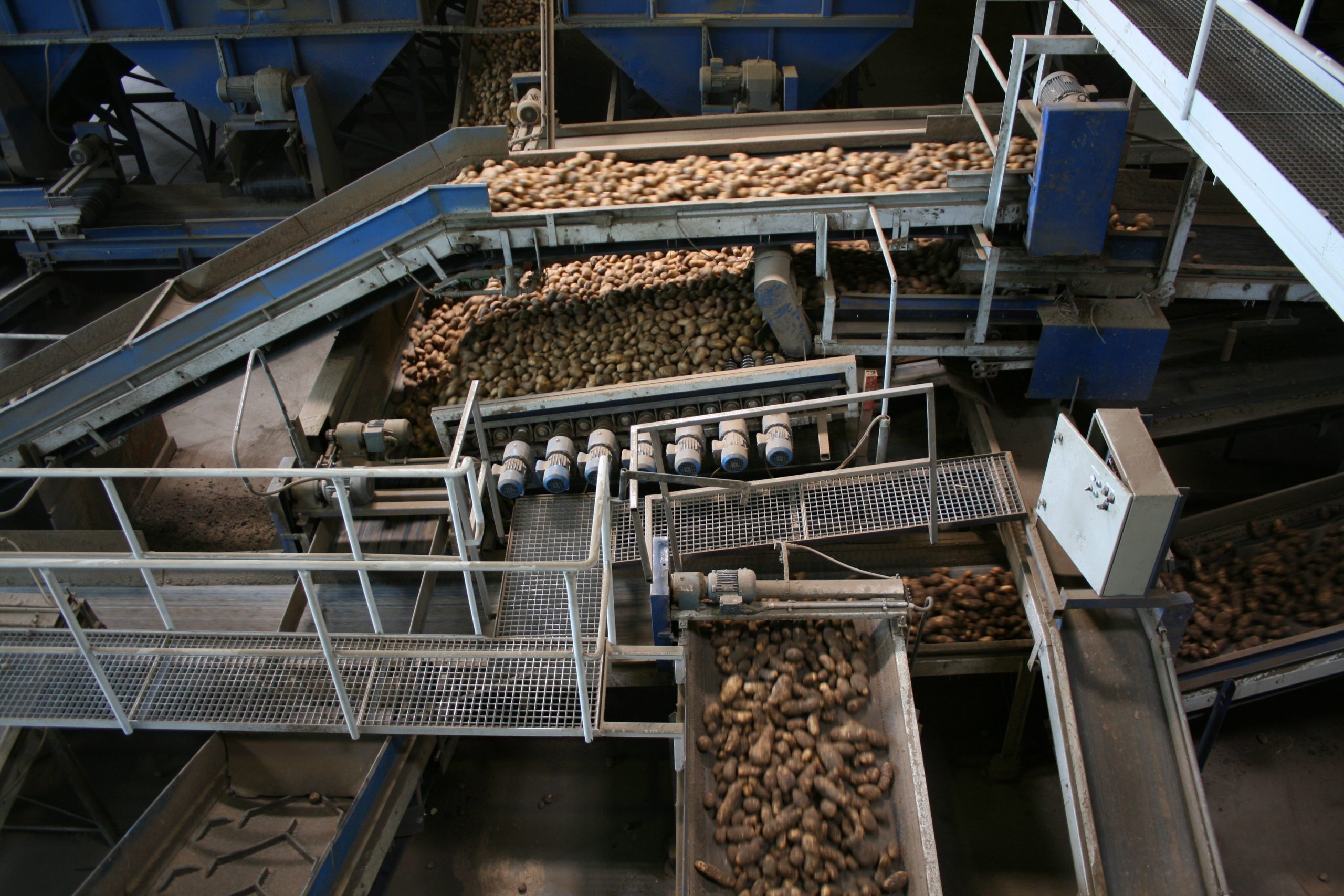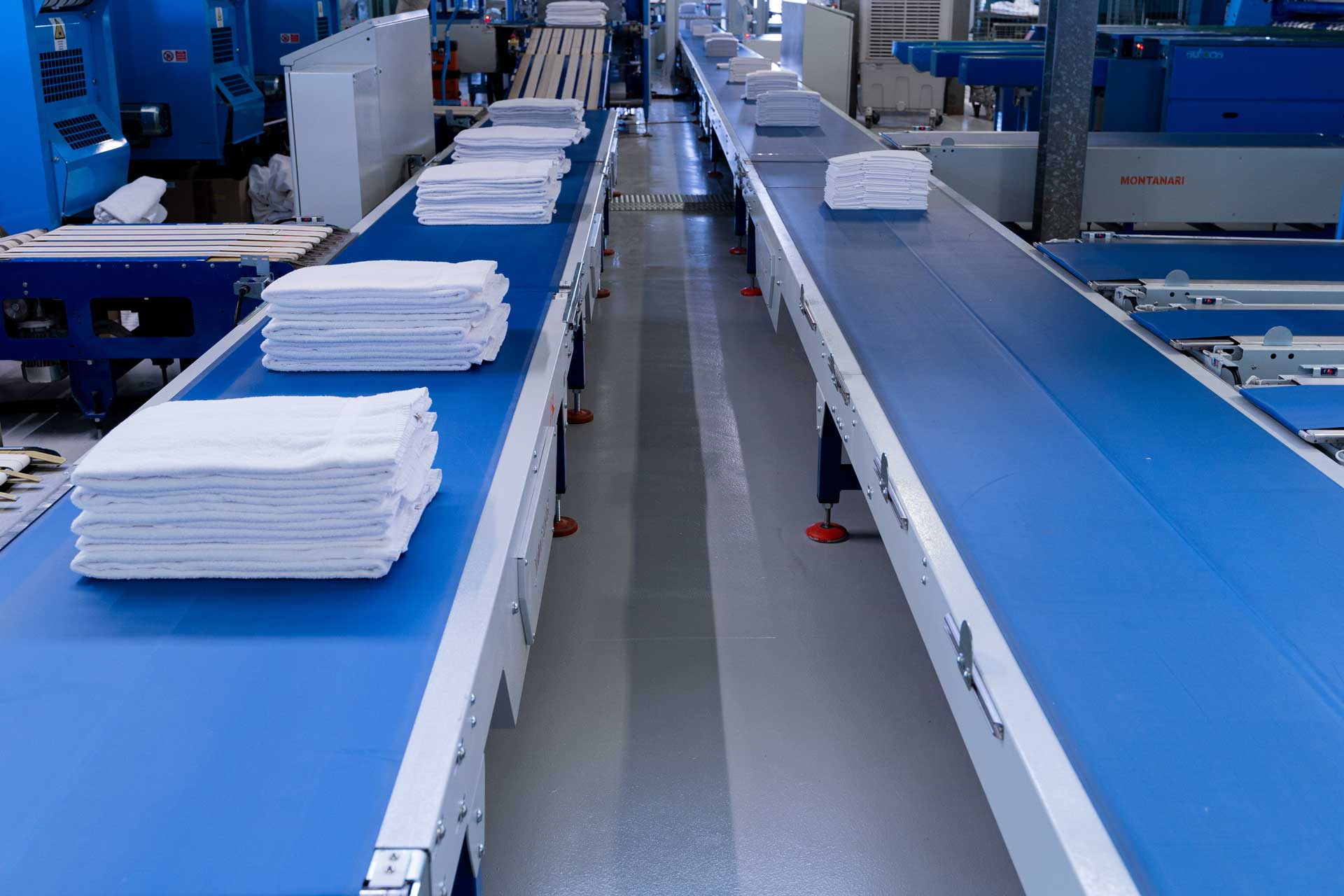1. Introduction: Agriculture at a Crossroads
Modern agriculture is facing significant challenges: labor shortages, climate change, increasing demand for high-quality food, and rising production costs. Traditional farming methods are becoming inefficient, leading agribusinesses to seek technological solutions.
Automation is no longer a luxury but a necessity for survival in the industry. Conveyor systems, AI-powered sorting technologies, and robotic harvesting solutions help farmers increase productivity, reduce costs, and minimize crop losses.
2. Key Challenges Solved by Automation
🚜 Labor Shortages
– Fewer young people are entering the agricultural workforce.
– Seasonal labor is becoming increasingly expensive and unreliable.
– Automation reduces dependency on human labor and ensures continuity.
⚙ Process Optimization
– Manual sorting and processing are slow and labor-intensive.
– Conveyor-based automation accelerates these operations, improving efficiency.
🍏 Reduction in Crop Losses
– Manual handling often damages fruits and vegetables, leading to wastage.
– Automated sorting and processing can reduce product losses by 15-25%, significantly improving profitability.
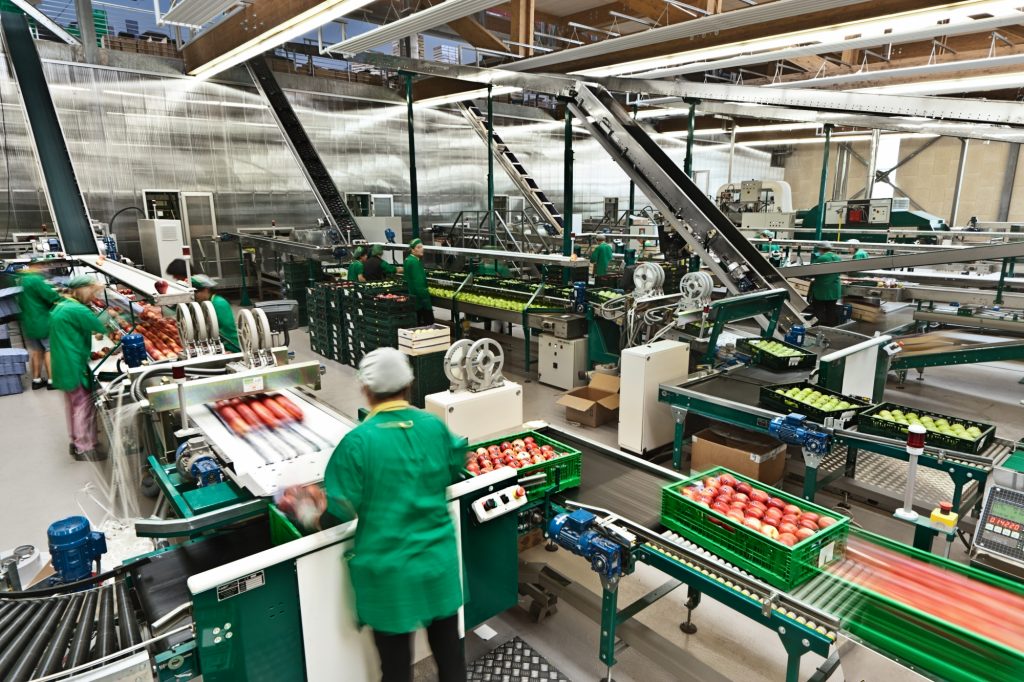
3. How Conveyor Technology is Transforming Agriculture
🛠 Inspection Tables – AI-based quality control ensures only top-quality produce is selected.
📏 Calibrators – Sorts products by size and weight, reducing manual effort.
💦 Bubble Washers – Gently clean produce without damaging it.
🔄 Transport Systems – Improve logistics within farms, reducing inefficiencies.
These technologies enable faster processing, better quality control, and lower operational costs, helping farms scale efficiently.
4. Real-World Case Studies: The Impact of Automation on Agribusiness
📌 Polish Potato Farm – Implementing an automated sorting and packaging system increased productivity by 40% and reduced labor costs by 30%.
📌 French Apple Producer – AI-powered inspection tables lowered the defect rate by 18%, ensuring higher-quality apples for export.
📌 Ukrainian Greenhouse Facility – Automated irrigation, harvesting, and packaging cut the production cycle in half, allowing faster distribution to retailers.
These examples demonstrate that automation delivers real economic benefits, making it a smart investment for agribusinesses.
5. Economic Benefits: Is Automation Worth It?
💰 Cost Comparison: Manual Labor vs. Automated Systems
– Hiring and training workers is a recurring expense, while automation is a one-time investment with long-term savings.
– Automated conveyor systems work 24/7 without fatigue, increasing efficiency.
📈 Return on Investment (ROI) & Payback Period
– On average, automated solutions pay for themselves within 1 to 3 years.
– In some cases, ROI is achieved in less than a year, depending on the production scale.
✅ Additional Advantages
– Consistent product quality – fewer defects and rejections.
– Higher production volumes – enabling farms to meet growing demand.
– Easier process monitoring and control – real-time data for better decision-making.
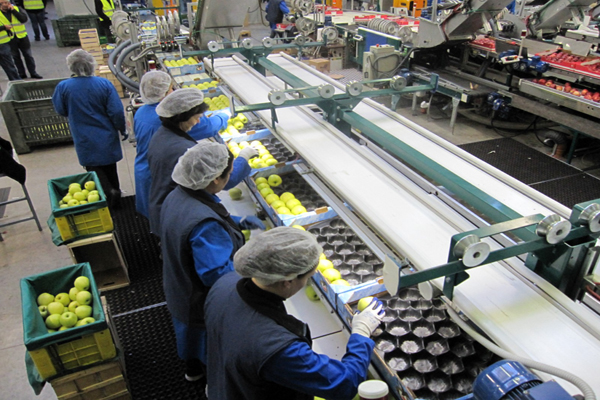
6. Future Trends in Agricultural Automation
🤖 AI in Sorting – Computer vision systems analyze size, shape, and defects with 99% accuracy, reducing waste.
🚜 Robotic Harvesting – Smart harvesting robots work efficiently without damaging crops.
📡 Drones & IoT Sensors – Monitor soil conditions, predict yields, and optimize resource use.
🚀 Agri-Tech Startups – Innovative companies are driving automation forward, attracting multi-million-dollar investments.
With rapid advancements in AI, robotics, and IoT, the future of farming will be more data-driven, precise, and sustainable.
7. Conclusion: Why Automation is a Must for Agribusiness
The agricultural sector is evolving, and businesses that fail to adapt will struggle to remain competitive. Conveyor systems, AI-powered sorting, and robotic harvesting boost efficiency, reduce costs, and enhance product quality.
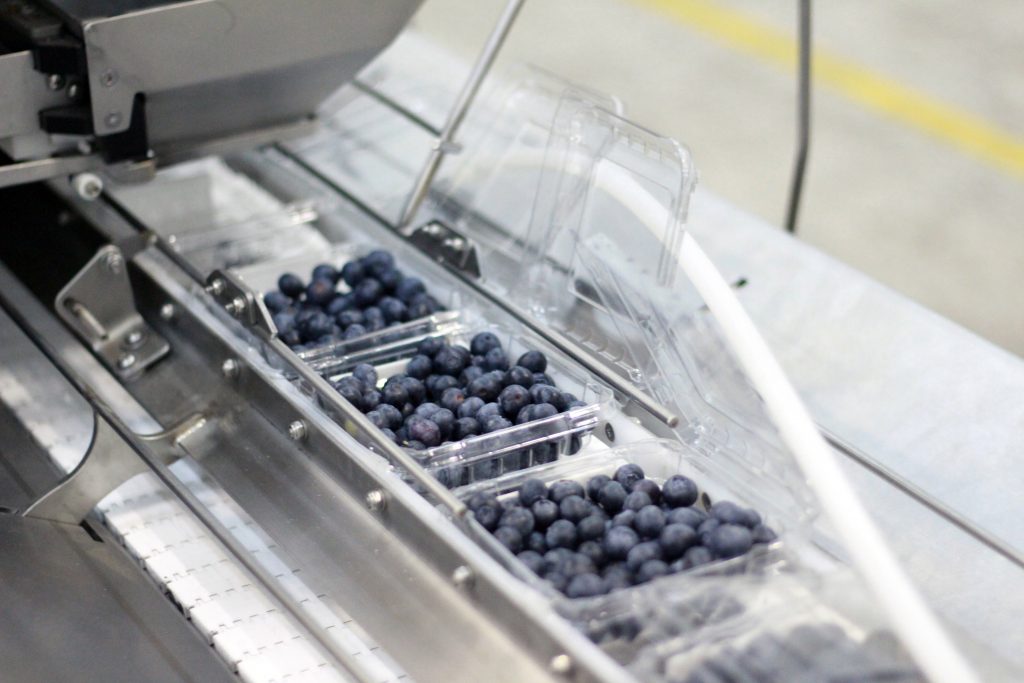
⚡ Want to future-proof your farm? Invest in automation today and stay ahead of the competition!

